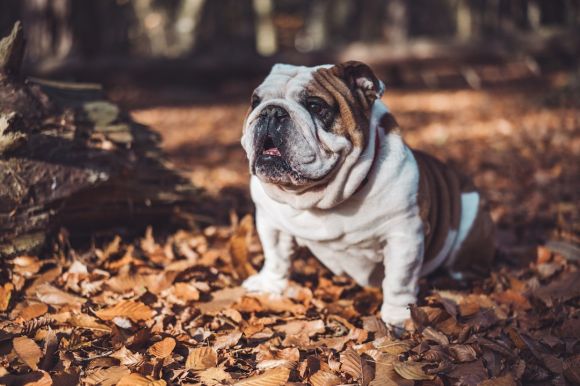The English Bulldog, with its adorable wrinkled face, stocky build, and distinctive gait, is a beloved breed known for its friendly and gentle nature. However, beneath that tough exterior lies a sensitive side, particularly when it comes to extreme temperatures. In this article, we will explore why English Bulldogs are more susceptible to heat and cold, and what steps can be taken to ensure their wellbeing.
Heat Sensitivity: A Cause for Concern
English Bulldogs are brachycephalic, meaning they have a shortened skull and flattened face. While this gives them their unique appearance, it also comes with certain physiological challenges. The shortened snout restricts the dog’s airflow, making it difficult for them to pant effectively and regulate their body temperature. As a result, they are more prone to overheating, especially in hot climates or when exposed to excessive exercise or stress.
Signs of Heat Stress in Bulldogs
It is crucial for Bulldog owners to be able to recognize the signs of heat stress in their pets. Some common symptoms include excessive panting, drooling, lethargy, rapid breathing, and a darkened tongue or gums. In severe cases, Bulldogs may even collapse or experience seizures. If any of these signs are observed, immediate action should be taken to cool the dog down and seek veterinary assistance if necessary.
Preventing Heat-Related Issues
To protect English Bulldogs from heat-related problems, several precautionary measures can be taken. First and foremost, it is essential to provide them with a cool and well-ventilated environment, preferably with access to shade and fresh water at all times. Avoiding strenuous exercise during peak temperatures and opting for early morning or late evening walks can also help prevent overheating. Additionally, using cooling mats, vests, or bandanas can provide some relief from the heat.
Cold Sensitivity: A Winter Worry
While English Bulldogs are more commonly associated with heat sensitivity, they can also be affected by extreme cold. Their short coat and lack of body fat make them susceptible to hypothermia, frostbite, and discomfort in freezing temperatures. It is crucial to protect them from prolonged exposure to cold weather, especially when the temperature drops below freezing.
Signs of Cold Stress in Bulldogs
Just like with heat stress, it is important for owners to be able to identify signs of cold stress in their Bulldogs. Some common symptoms include shivering, reluctance to go outside, seeking warm and cozy spots, and a decreased appetite. If the dog’s body temperature drops significantly, it can lead to lethargy, weakness, and even cardiac issues. Immediate action should be taken to warm the dog up and seek veterinary assistance if needed.
Preventing Cold-Related Issues
To keep English Bulldogs safe and comfortable during colder months, several precautions can be taken. Providing them with warm and insulated shelter, such as a cozy bed or a heated doghouse, is essential. Additionally, investing in protective clothing, such as sweaters or coats, can provide extra warmth and insulation. Limiting outdoor exposure and avoiding walks during extreme cold spells can also help prevent cold-related problems.
Conclusion: Ensuring the Wellbeing of English Bulldogs
Understanding the English Bulldog’s sensitivity to extreme temperatures is crucial for their overall wellbeing. Whether it is protecting them from the scorching heat of summer or the bone-chilling cold of winter, owners must take the necessary steps to keep their beloved pets safe. By providing a comfortable environment, monitoring for signs of stress, and taking preventative measures, we can ensure that English Bulldogs live happy and healthy lives, regardless of the weather outside.





